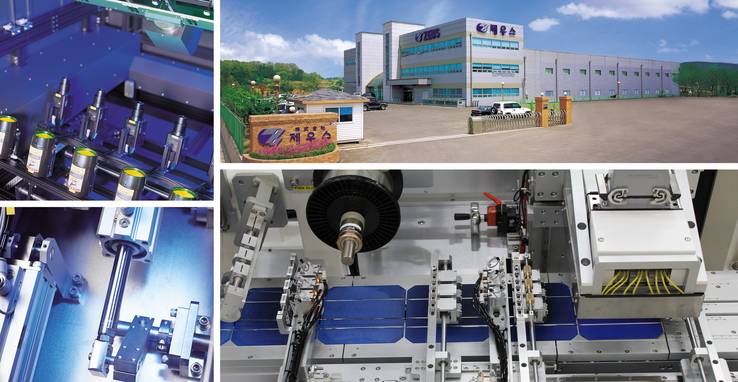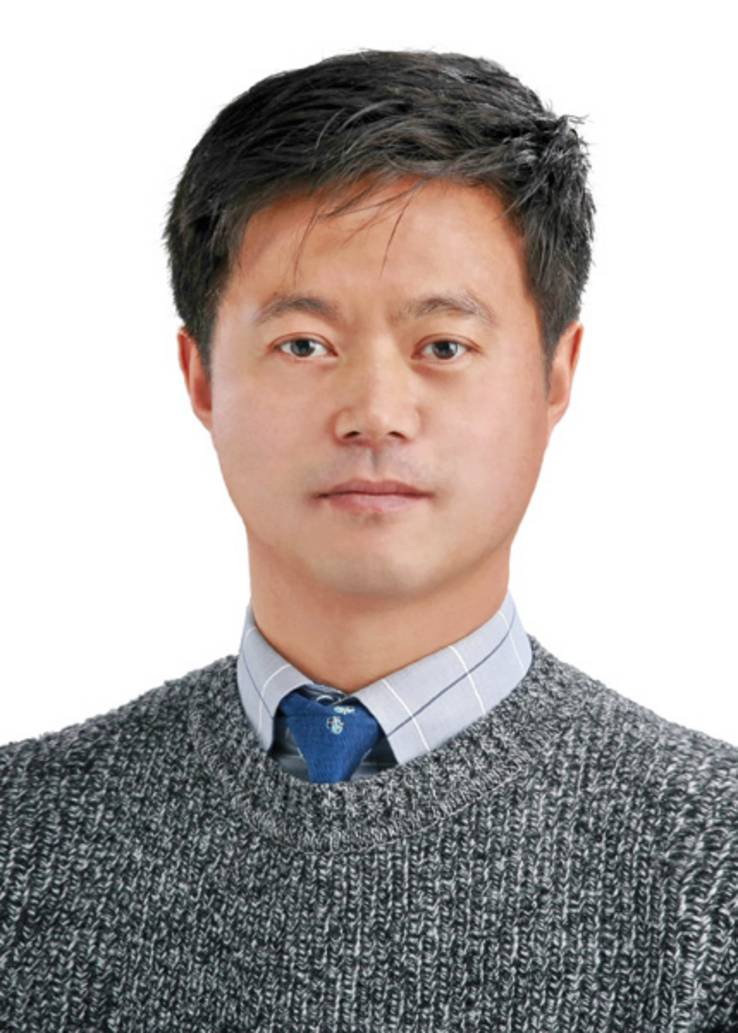Global Market – Global Excellence
Global Zeus, based in South Korea, used EPLAN to begin standardising its electrical engineering. Clearly structured and documented parts, products, machines and plants create the foundation for more efficient working processes and workflows.
isplays, semiconductors, solar cells and vacuum technology: since its founding in 1970, Global Zeus, based in South Korea, has been a successful supplier of high-quality manufacturing equipment for the semiconductor, flat-panel display and solar-cell industries. Another current focus of the publicly listed company, which has 470 employees and whose clients include Samsung and LG, is automation systems and robotics. Machinery and equipment is designed and manufactured in South Korea and Japan, but the company’s distribution network extends to China and Taiwan. Zeus’s top products, such as cleaning systems and logistics equipment for the manufacturing of HP/CP products for LCD glass, command a market share of 65 per cent.
Too Many Styles – Too Few Standards
Global Zeus’s internal organisation, including its electrical engineering department, reflects its growth ambitions, particularly for the northeast Asian market. The company first began working with EPLAN Electric P8 in 2011. As a Zeus engineer describes it, the objective was “a clear, precisely defined standardisation system for the manual input of cross-references and documentation of design drawings. The old system the company had been using up to that point was less suited to standardisation and process documentation than it was a stepping stone for optimising the quality of design drawings and reducing planning and design times. “Each employee prepared their own drawings including the drawings information in their own way. Compiling and managing the prepared technical information was a labour intensive process. Furthermore, this design method, which for the most part was based on reusing existing drawings with additional individual changes, often led to missing information during the process. This in turn made it difficult to obtain an exact overview of the system. One consequence was that electrical engineers had less time for PLC programming. In light of the tight schedules on the global market for high tech, the situation was unsustainable. The potential for increased efficiency at Zeus was definitely there: each Zeus machine works with different systems, but between 70 and 80 per cent of the components overlapped. Zeus decided to utilise EPLAN as part of its work on LCDs and semiconductors, even though the changeover from graphics-based to data-based electrical planning was ambitious in light of the demanding schedule for implementation. “But Zeus was very much aware that something had to change for the company to achieve its goals and improve operating procedures,” says Son Chang-Seok, the official agent of EPLAN and CEO at PSDENG Co., Ltd., who advised Zeus during the EPLAN launch. “The project was successful because Zeus recognised that the users would need time to apply themselves to learning the new system in detail. Doing so, Zeus could use all the functionalities it needed.”
Standardisation with EPLAN
Today, all Zeus drawings are standardised: first with the use of standard international IEC symbols, and second with assigned administrative data for every component in the database. With EPLAN, schematics and control-panel designs are related 1:1 through the Navigator. PLC I/O Data is free from the spelling errors or mistakes that can result from the use of Excel data. All reports are now compiled in a uniform format based on Zeus’s in-house templates and are automatically generated, which necessarily leads to higher-quality drawings and faster design times. Global Zeus is currently steadily expanding its pool of EPLAN designers, and the library capacity is also to be expanded with more classifications.



